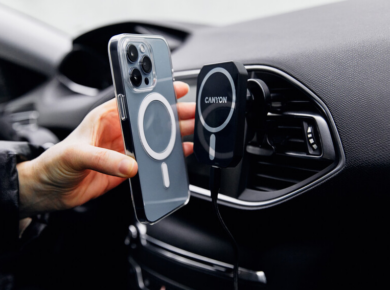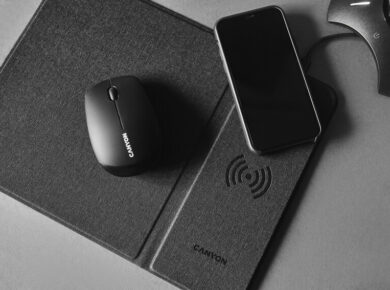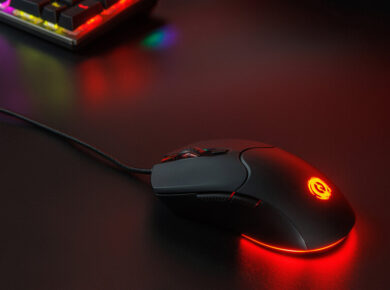When upgrading your computer, the keyboard is unlikely to be the first thing that comes to mind. Aren’t they all just slabs of plastic you mash together to send an email? Not really. Modern keyboards vary widely in design, functionality, and price, with models that can enhance comfort and boost efficiency or become a constant irritant, hindering your workflow. A high-quality computer keyboard is an indispensable tool, especially if you spend most of your workday in front of a screen.
Whether you’re pondering how to choose a computer keyboard or asking, ‘What keyboard should I buy?’ we’ve got you covered. In this comprehensive keyboard buying guide, we’ll walk you through the entire process to help you identify a perfect device for your needs and explore key specs to watch for. At the end of the day, whether you’re debugging code, posting memes, or writing the next great American novel, you spend most of your PC time at your keyboard, so it’s really worth getting a good one.
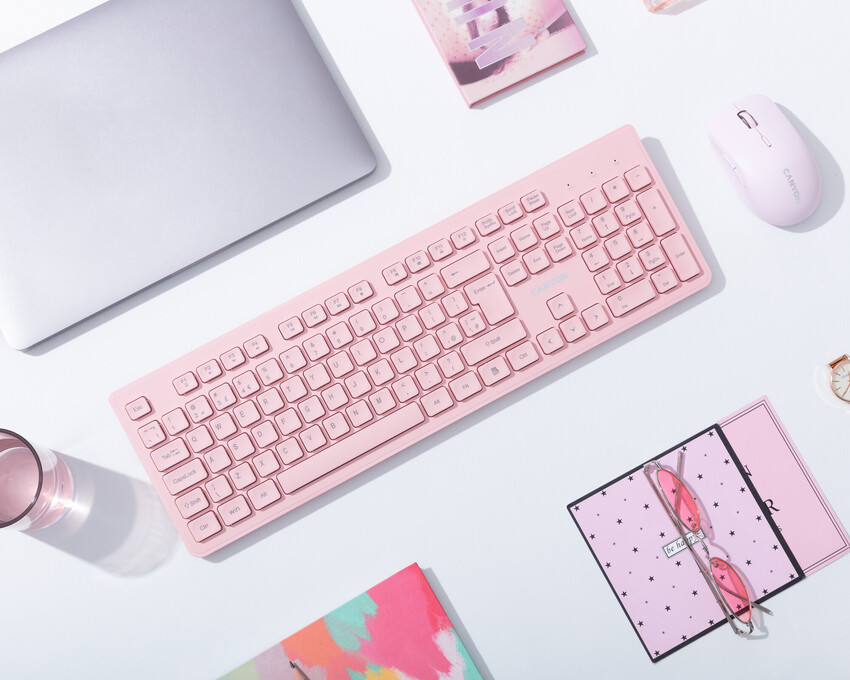
Purpose of Use: Why Do You Need It in the First Place?
Keyboards aren’t one-size-fits-all: they have different features and designs that serve diverse functions. To better understand how to choose a keyboard, you must determine its purpose of use.
- Job. Whether you’re a programmer, a data entry specialist, or engaged in daily administrative work, your perfect device is a full-sized PC keyboard that offers comfortable key spacing, a numeric keypad, and reliable performance. In contrast, other professionals, like writers, editors, and designers, should prioritize ergonomic layouts to support prolonged typing without ease.
- Gaming. Gamers need speed: low lag, snappy, and customizable keys and anti-ghosting capabilities to register multiple inputs, regardless of how many keys are pressed simultaneously. Programmable macros — a combination of keystrokes triggered by a single key press — streamline gameplay efficiency.
- Casual. If it’s for basic tasks on your computer, like general browsing or light communication, keep it simple. A decent, cost-effective keyboard with solid reviews will suit you just fine.
The purpose of use is a foundation for determining a perfect keyboard model that will suit you best, so don’t skip this step.

Wired vs. Wireless
One of the most important considerations is whether to choose a wired or wireless keyboard. Each comes with distinct advantages and drawbacks. Wired keyboards are an old-school pick: usually connected via USB, these models offer consistent performance with no batteries and no latency. It is a crucial parameter if you’re a competitive gamer, as a split-second delay can result in a quick and ignoble death on screen. Wired options are typically more affordable, although if you add the wired mouse to the mix, the tangled cords will definitely clutter your desk space — a constant visual irritant for any minimalist out there.
Going wireless comes with a set of challenges. Apart from tidier desks, wireless models introduce a slight latency, although it’s very low, and require charging (some models come with rechargeable batteries, while others rely on replaceable batteries). Interference is another issue: some models use a radio frequency connection, usually in the 2.4 GHz band, which can interfere with other wireless devices. The costs are typically higher, too.
Keyboard Size and Layout
Keyboards are manufactured in different sizes, each tailored for specific needs. Most full-size keyboards use similar layouts with the same set of keys, including:
- Character keys;
- Modifier keys (ALT, Fn, Ctrl, Shift);
- System command keys (PrtScn, ESC);
- Editing keys (Enter, Delete, Backspace);
- Navigation keys (Home, End);
- Function keys (volume, brightness).
Apart from full-sized models, you’ll find tenkeyless (TKL) keyboards omitting numeric keypads, minimalistic layouts that eliminate function rows or arrow keys for enhanced portability and desk space, and customized layouts that retain certain features while prioritizing compactness.
If you use a Latin-script language, you’ll most likely encounter a QWERTY alphabet arrangement (in fact, your current keyboard likely has this layout) or a Dvorak keyboard that offers a more accurate and faster typing experience, although it’s usually a less widespread option.
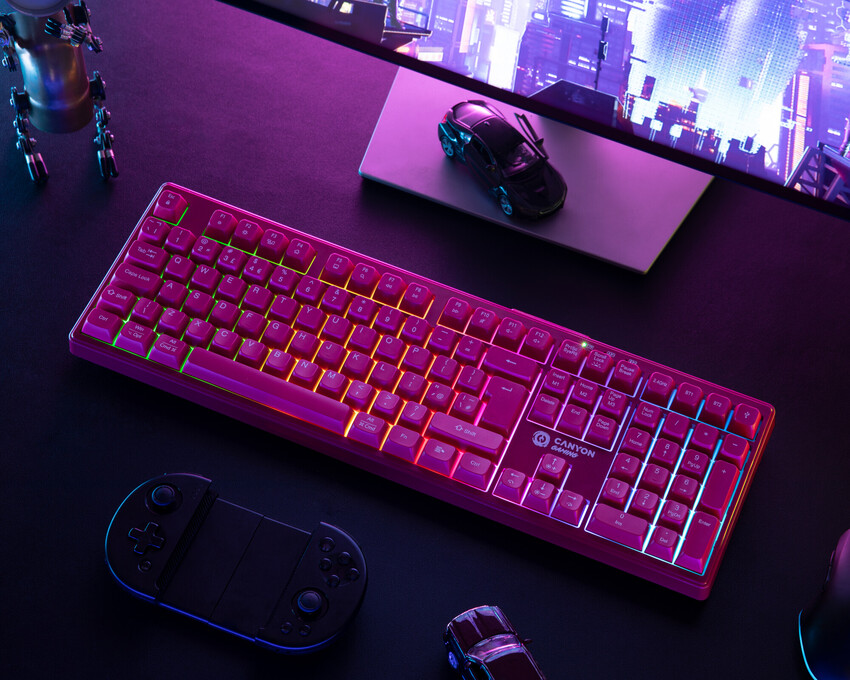
Keyboard Switches
Keyboards rely on different key mechanisms, called switches, that fundamentally influence your typing experience — simply put, they’re what make every press feel just right. The keyboard manufacturers use several tricks to create a different tactile experience, including responsiveness, key travel, bottoming actions, and the amount of force required to press the key. That said, someone else’s perfect keyboard may be a total mismatch for you and vice versa. Among the most widespread switches, you’re likely to encounter the following:
- Rubber Dome. Made of silicone rubber, these switches use two membranes formed into domes, providing resistance and tactile feedback. When you press the key, the rubber dome, which basically acts like a spring, collapses under pressure, completes the connection between two circuits, and sends the signal to your computer. This switch type is cheap, resists leakage, is not noisy, and has good tactile feedback. The main drawback is that the silicone rubber hardens with age, limiting the lifetime of the device.
- Scissor Switches. Interlocking plastic pieces create a scissor mechanism for dome design — when pressing a button, the pieces compress and expand. Scissor switches offer shallow key travel and a snappier feel while requiring less press force. Typically found in modern notebooks and low-profile keyboards.
- Mechanical Switches. These switches rely on metal springs that are depressed when pressing a key, offering superior feedback and longevity. Typically divided into three main types, including clicky switches (with an audible click, very noisy, favored for typing text due to pronounced feedback), tactile switches (moderate noise level, tactile bump without the click), and linear switches (smooth, silent, no tactile feedback; good choice for playing games).
Switches are the heart of any keyboard, especially mechanical ones. If you prefer the noise clutter of the keys to accompany your writing, go for clicky switches; in contrast, if you prefer to work in absolute silence, go for linear. It’s better to physically test the keyboard before buying it to get a better feel of the device and determine the optimal switch type that suits your preferences.
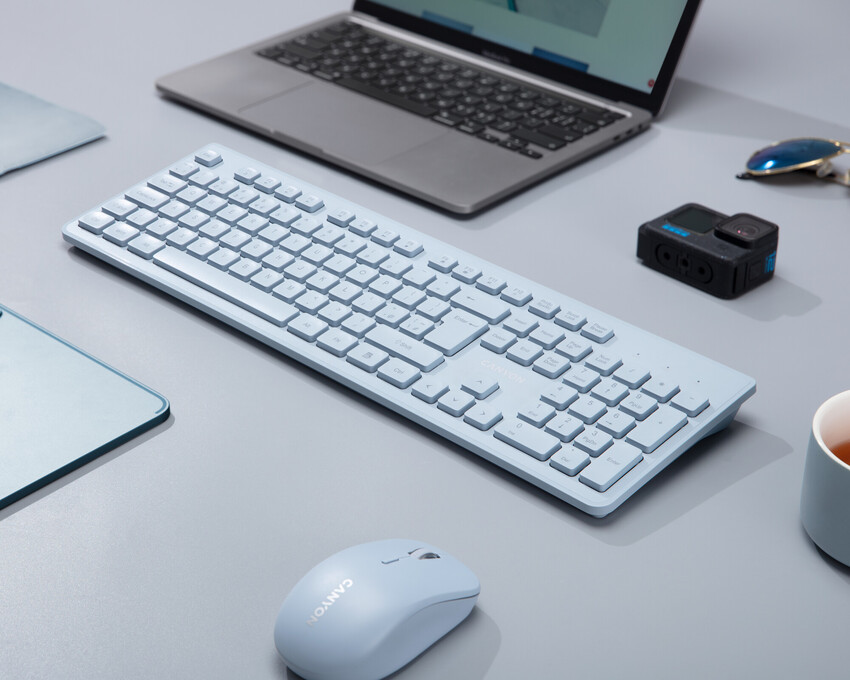
Build Quality, Materials, and Ergonomics
When choosing a keyboard, durability and construction quality are essential factors to consider. A keyboard must hold up — if the material is flimsy, chances are you’ll hate it. Models range from budget-friendly plastic to robust metal constructions, including:
- Plastic Constructions. Common in affordable models, plastic is lightweight but not very rigid, which can result in wear over time.
- Metal Frames. Aluminum or steel frames are premium quality, offering stability, longevity, and typing consistency. More expensive, too.
- Keycaps. Typically made of ABS (acrylonitrile butadiene styrene) or PBT (polybutylene terephthalate). ABS caps are widely used but prone to shine, while PBT is more durable and wear-resistant, offering superior texture. Double-shot keycaps, created by two layers of different-colored plastic, with the first layer forming the body and the second forming a legend (characters on the keycaps), ensure lasting visibility.
Another parameter to consider is ergonomics, especially if you spend the entire day typing. Look for features like split designs (the keyboard is separated into two or more sections, allowing users to position their hands shoulder-width apart), adjustable angles, and built-in wrist rests that help mitigate strain and offer more neutral hand positioning. As for the switches, membranes are generally softer, while mechanicals with light switches are also good options that can help reduce finger fatigue.
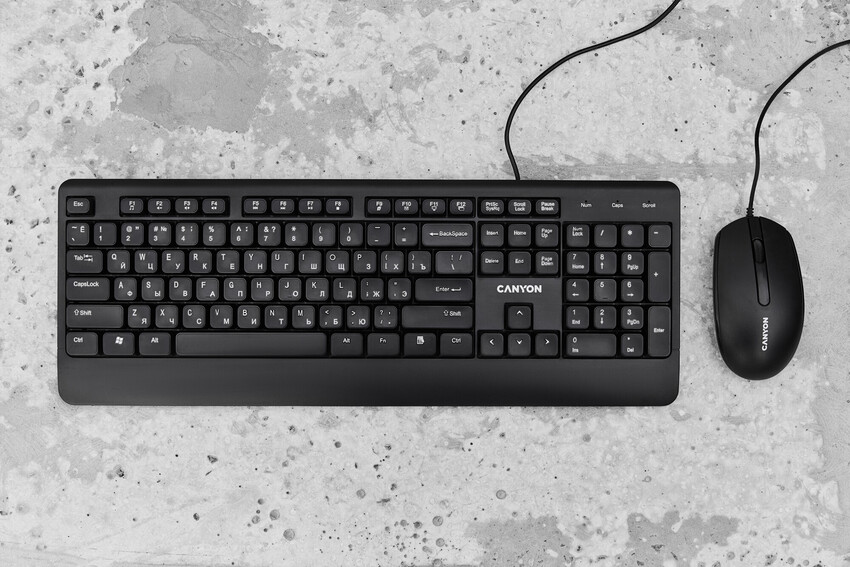
Additional Features and Functions
Modern keyboards come with a range of enhancements that boost efficiency and streamline workflow. Here’s what you can splurge on:
- RGB Backlighting. Customizable illumination aids visibility — a handy feature if you type with the lights off. Plus, it looks really cool, adding an aesthetic appeal to your desktop.
- Programmable Keys. Macros let you program keys for shortcuts and gaming combos, which is a definite win for a gamer.
- Media Keys. Additional buttons dedicated specifically to volume, play, or pause are a great way to streamline multimedia tasks.
- Software Support. Top-tier models come with dedicated applications allowing the remapping of the keyboard or adjusting backlights.
Remember that although these features may sound cool, you should prioritize utility. If you won’t use them the majority of the time, avoid additional expenses.
Budget and Brands
From suspiciously cheap to ‘I need a loan,’ keyboards span a wide price spectrum. Entry-level devices cost around $20-$50, coming with basic mechanic and membrane options — a decent choice for minimum needs. The mid-range keyboards are priced at $50-$100 — it’s a sweet spot with solid switches, RGB, and extra features. $100-$200 is the premium quality with high-quality builds, durability, and advanced customization. Past $200? It’s mostly niche designs and artisanal components, the territory of collectors and enthusiasts looking for unusual builds.
As for the brands, Logitech, Razer, and Corsair are the top dogs of the industry, offering reliable gear and durable products. If you want to avoid biting prices, try to time your purchase with annual sales, like Black Friday or other seasonal events, to save some money.
Final Thoughts
Selecting a computer keyboard is a multi-step process: consider the purpose (gaming, typing, chilling at home), weight, switches, and build. Your needs can be unique, and the keyboard should match them. Although this investment seems minor compared to other bigger purchases, it can significantly impact your daily flow, boosting productivity and enhancing comfort.

